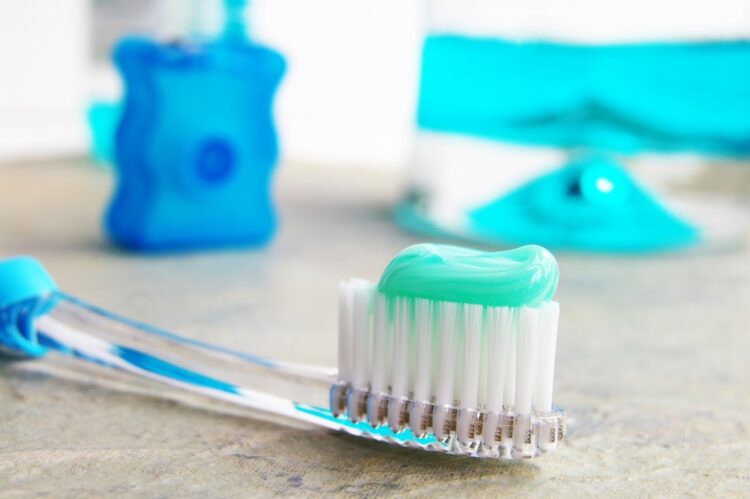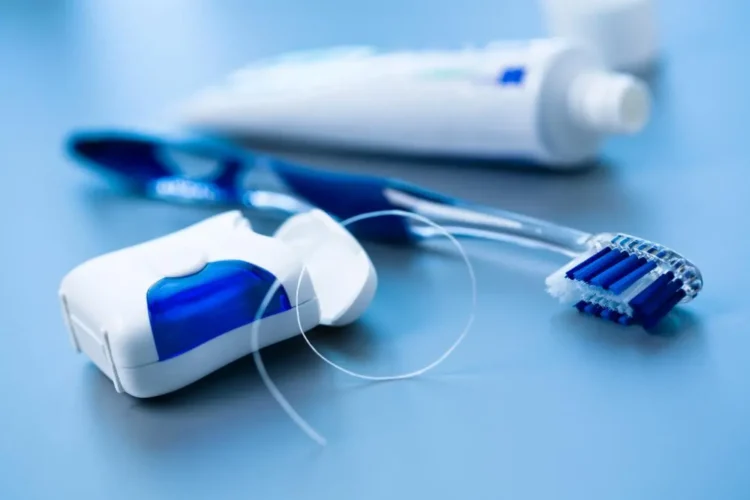Imagine piloting an intricate, miniaturized submarine through a fascinating underwater landscape. The terrain is oddly familiar yet packed with unexpected challenges. This vessel isn’t traversing the ocean depths, though. It’s navigating the nooks and crannies of your own mouth, its mission – to safeguard the health of your wisdom teeth. How would you overcome the obstacles it encounters?
Such is the complexity of maintaining oral hygiene, especially when it comes to those notorious third molars. Let’s embark on this intriguing exploration together, unraveling the mysteries of wisdom teeth, examining the hurdles that lie in their cleaning, and presenting viable solutions for superior dental health. Wisdom teeth removal is often the only way forward as they do cause a lot of trouble, but you can never be too sure.
Page Contents
Importance of Oral Hygiene

Source: freepik.com
Maintaining good oral health goes beyond sporting a radiant smile or avoiding bad breath. It is an essential part of our overall well-being. Wisdom teeth, being the last to emerge, are tucked away in the farthest corners of the mouth. Therefore, cleaning them requires special attention to prevent potential health issues.
Neglected wisdom teeth can become a hotbed for bacteria, leading to a variety of dental problems. Cavities, gum disease, and painful infections like pericoronitis are some unwelcome consequences of inadequate cleaning. These issues can have a domino effect, impacting the health of other teeth and potentially necessitating serious interventions such as extraction.
Understanding Wisdom Teeth and Their Placement
Knowing your battlefield is crucial in any endeavor, including the task of oral hygiene. Wisdom teeth, scientifically termed third molars, usually make their grand appearance between the ages of 17 and 25. Most people have four of them, but the number can vary, with some folks not having any at all.
These late bloomers are nestled in the remotest corners of the mouth. They’re often partially emerged or tilted, hidden beneath gum tissue or bone. Such seclusion, coupled with their unique anatomy, is what makes cleaning them a bit of a quest, transforming a routine chore into a challenging mission.
Common Challenges in Cleaning

Source: theguardian.com
The secluded positioning of wisdom teeth presents the first hurdle. Due to their location, it’s often tricky to reach them with standard cleaning tools like toothbrushes. This lack of access makes them a preferred hideout for food particles and bacteria, raising the risk of decay.
A second challenge arises if your wisdom teeth are impacted, meaning they’re partially or entirely trapped beneath the gums. Cleaning around these areas can be painful and even lead to infections. Dealing with these issues requires a nuanced understanding of oral hygiene, complemented by suitable cleaning tools and techniques.
Essential Tools for Effective Cleaning
A well-stocked dental hygiene toolkit is your best ally in keeping your wisdom teeth clean. A toothbrush with a small, angled head is ideal for accessing hard-to-reach areas. Soft bristles are recommended as they are gentle on the gums and efficient at removing plaque.
Another champion in your oral care arsenal should be dental floss. It helps eliminate the plaque and food debris a toothbrush might miss, particularly between teeth. Water flossers are also a worthwhile investment. They use pressurized water to clean between teeth and along the gum line, providing a gentle yet effective cleaning solution for sensitive or difficult-to-reach areas.
Step-by-Step Guide to Cleaning
The process of cleaning wisdom teeth might seem daunting, but once you master the steps, it becomes second nature. Start by brushing normally, paying special attention to the back of your mouth. Position your toothbrush at a 45-degree angle against the gum line, and use gentle, circular motions to clean all surfaces of the wisdom teeth.
Your next ally is dental floss. Wrap it around your middle fingers and use your thumbs and index fingers to guide it between your teeth. Use a gentle sawing motion to move the floss back and forth. When you reach the gumline, curve the floss into a “C” shape and slide it into the space between your tooth and gum. Repeat this process for all teeth, especially those hard-to-reach wisdom teeth.
Best Practices for Maintaining Oral Hygiene

Source: freepik.com
Having a routine in place is essential for maintaining oral hygiene. Brush twice daily using fluoride toothpaste, and don’t forget to floss. Consider using a mouthwash or antimicrobial rinse to reduce bacteria and freshen your breath. Scheduling regular dental check-ups is also critical for early detection and management of any potential problems.
When it comes to diet, limit sugar and starch, which can promote tooth decay. Stay hydrated, as a dry mouth can increase the risk of cavities. If you smoke, consider quitting. Not only does smoking stain teeth, but it also increases the risk of gum disease and oral cancer.
Overcoming Discomfort and Sensitivity
Some discomfort or sensitivity is normal when you begin cleaning wisdom teeth regularly, especially if they are impacted or partially erupted. It’s essential to maintain a gentle technique, not forcing the brush or floss into painful areas. Applying a topical oral gel can also provide temporary relief from gum sensitivity.
If pain or swelling persists despite your efforts, don’t hesitate to consult your dentist. They may recommend a special mouthwash, a different brushing technique, or further investigation into potential underlying issues. Remember, a little discomfort now can prevent severe complications down the line.
Expert Tips and Advice
Dental professionals often emphasize the importance of technique over force when cleaning wisdom teeth. Gentle, consistent cleaning can often do more good than aggressive, sporadic attempts. For areas that are hard to reach, an interdental brush or water flosser can be a game-changer.
Regular check-ups with your dentist are non-negotiable. They can offer personalized advice and spot potential issues early. If your wisdom teeth are impacted or causing recurrent problems, extraction might be the best course of action. But remember, it’s always better to prevent than to treat.
Summary

Source: pinterest.com
We’ve navigated the fascinating terrain of wisdom teeth oral hygiene, revealing the complexity of cleaning these often elusive third molars. But armed with newfound knowledge and effective tools, maintaining their health is a task well within your grasp. Remember the importance of technique, persistence, and regular dental check-ups. By incorporating these insights into your routine, you’ll not only conquer the wisdom teeth challenge but also bolster your overall dental health in adulthood.





